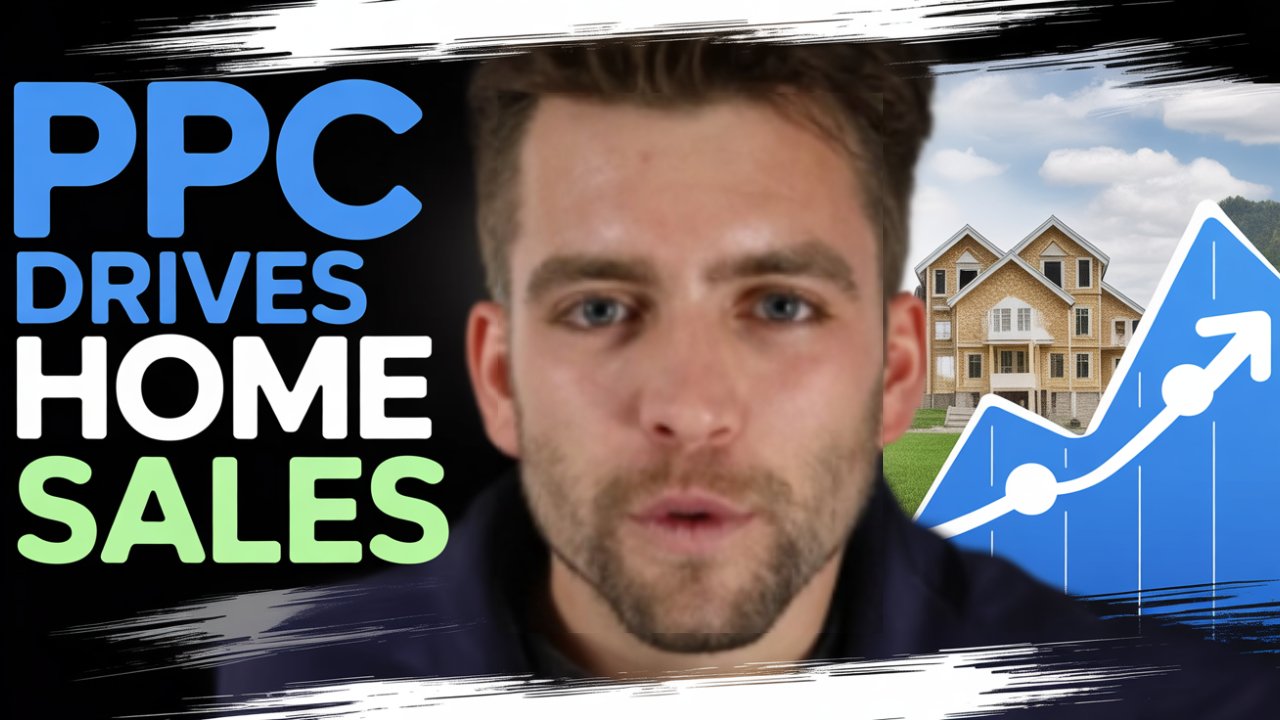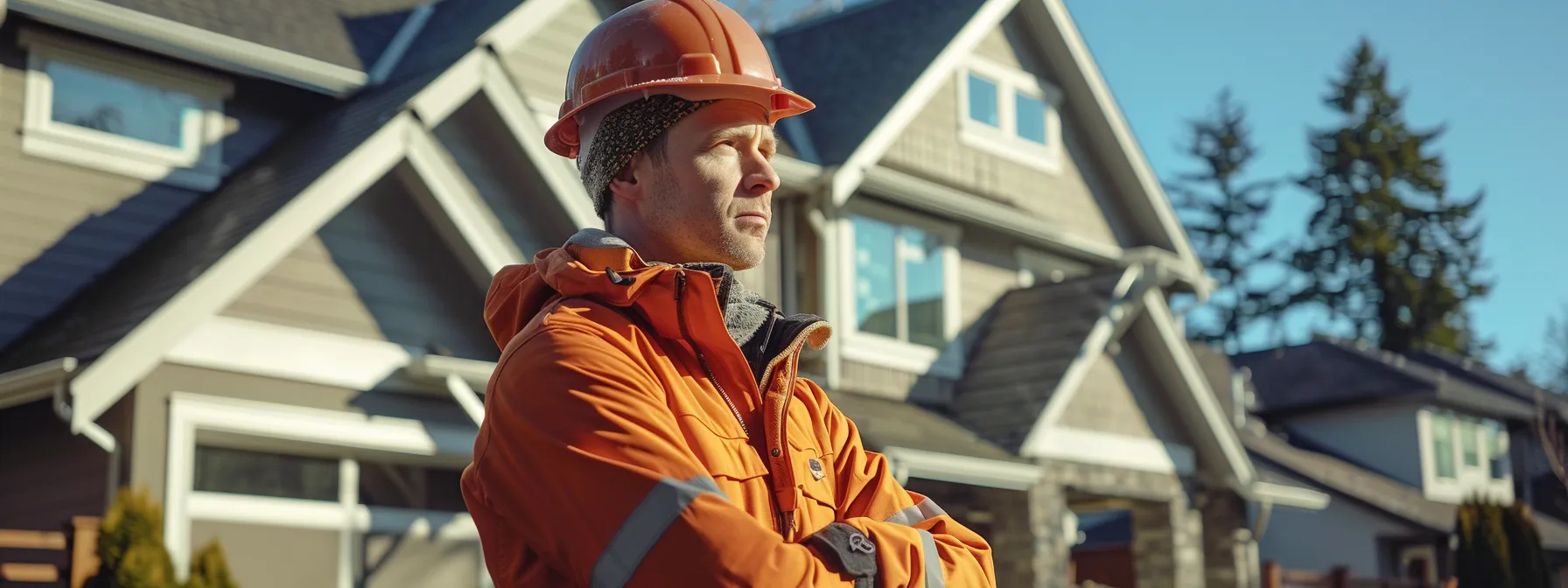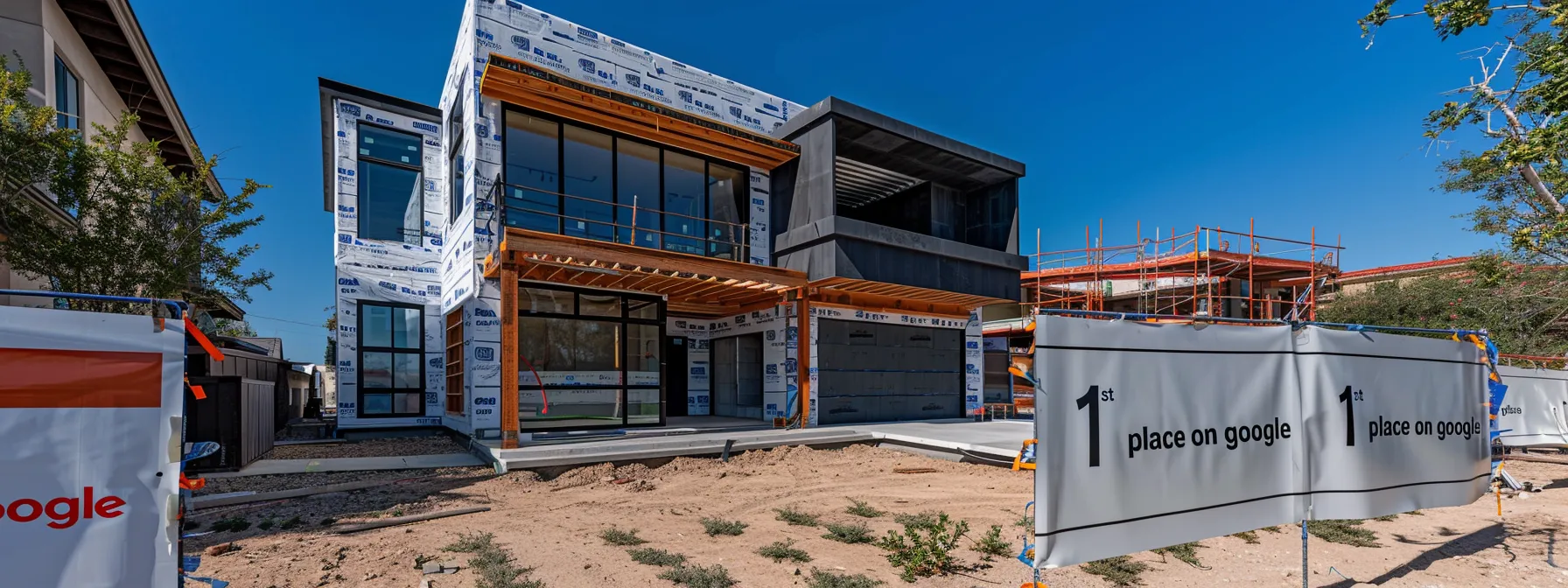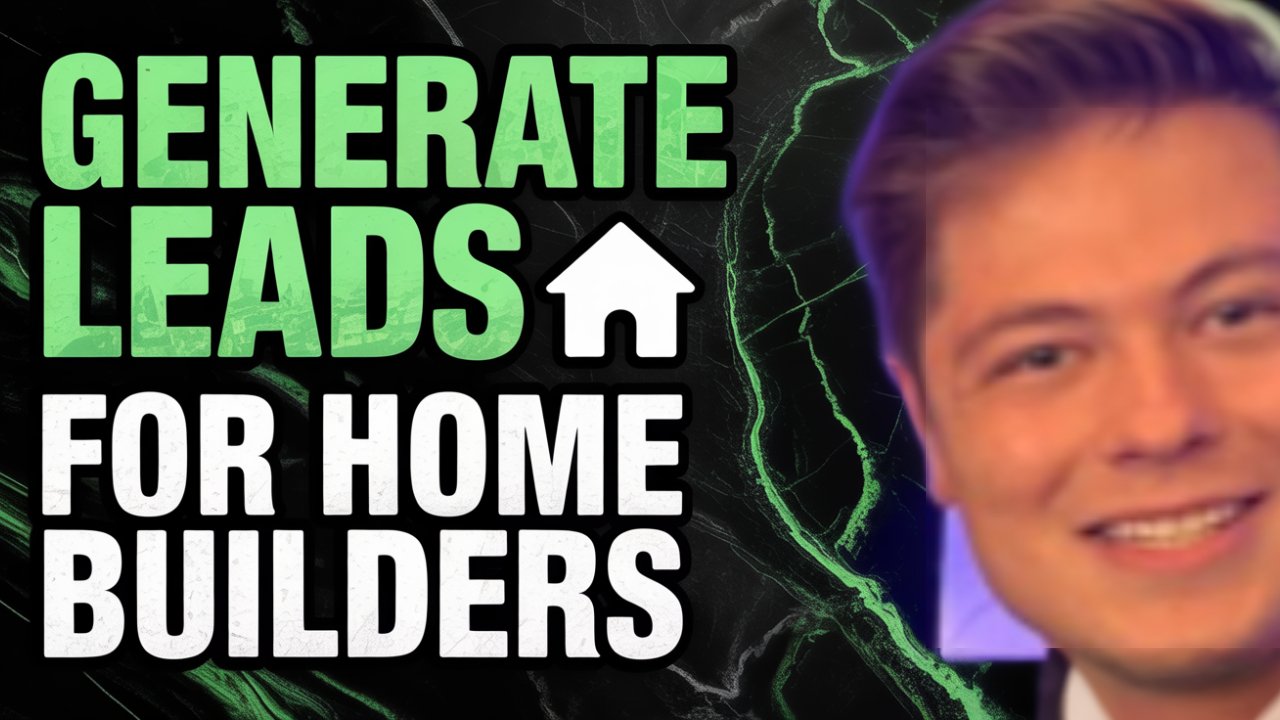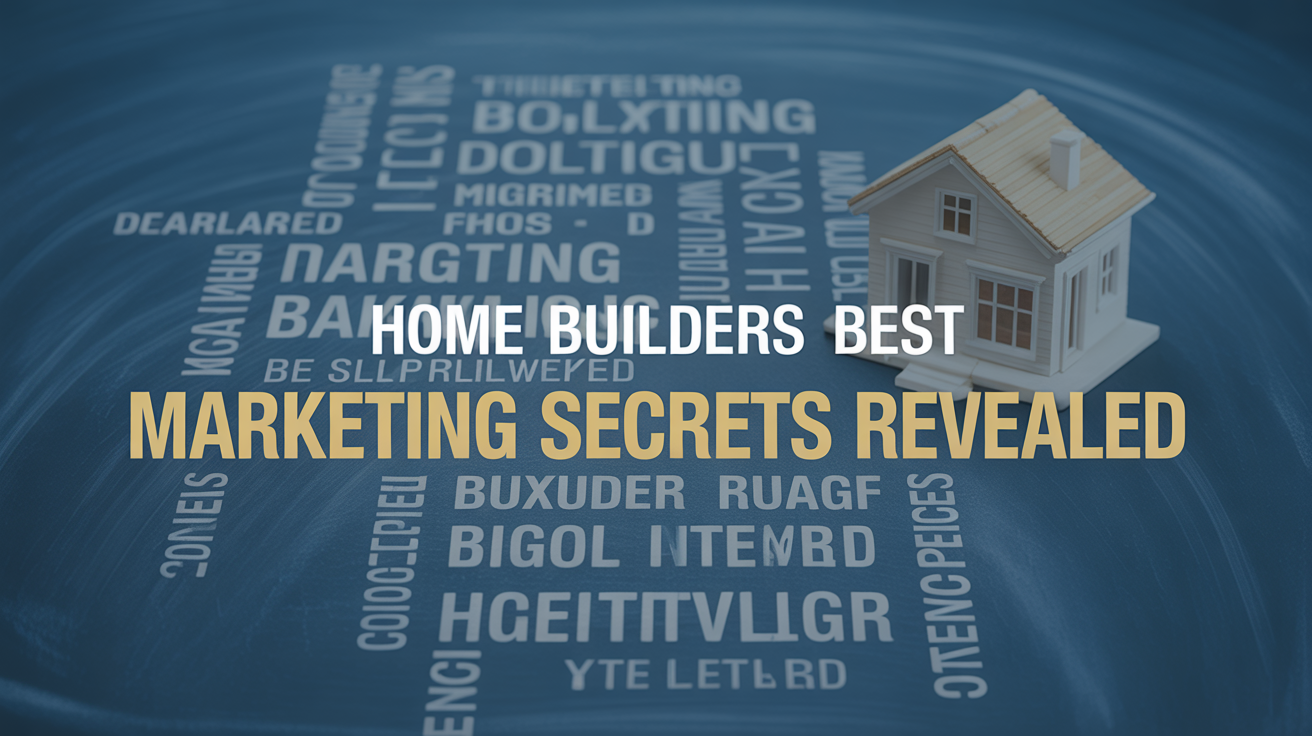Introduction
PPC for new home sales is the fastest way for builders to reach active buyers at the exact moment they are searching for a home. If you are a home builder in North America, well targeted paid search campaigns can deliver booked tours, pre-qualified inquiries, and sales-ready leads without waiting months for organic SEO to catch up. Recent market data shows new-home demand and inventory dynamics are shifting, making intentional paid strategies more valuable for capturing motivated buyers. (NAHB new and existing home sales reports)
This article gives a practical, step-by-step playbook that ties paid ads to SEO, CRM, graphic design, and video editing so your PPC program converts clicks into signed contracts.
How PPC for New Home Sales Works
The basic funnel
- People search for neighborhoods, floor plans, or incentives using high intent keywords.
- Your ads appear in search or social placements and send prospects to a conversion-optimized landing page.
- Leads flow into your CRM for immediate follow up, nurturing, and appointment booking.
This approach combines paid search, retargeting, and creative assets to shorten the sales cycle and increase close rates.
Audience Targeting and Campaign Structure
Hyperlocal targeting
- Geo-target by community, city, county, or even ZIP codes to prioritize advertising spend where you build or have inventory.
- Use radius targeting around model homes and new communities to capture nearby buyers.
Keyword strategy
- Prioritize intent keywords like “new homes in [neighborhood]”, “new construction [city]”, and “move-in ready homes [city]”.
- Use negative keywords to exclude rental, remodel, and non-buyer queries.
Campaign types to run
- Search campaigns for high intent queries.
- Performance Max or Display campaigns to build awareness across YouTube and Gmail.
- Local campaigns and call-only campaigns for immediate walk-ins and phone leads.
For benchmarks and CPC expectations, see the industry averages and guidance from WordStream. Their aggregate data helps set realistic bids and cost-per-lead targets. (WordStream Google Ads benchmarks)
Landing Pages, SEO, and Conversion Optimization
- Match ad copy to landing page headlines, floor plans, pricing, and CTAs to keep message relevance high.
- Include a clear primary CTA: “Schedule a Tour”, “Request Floor Plan”, or “Get Pricing and Incentives”.
- Use trust signals: builder awards, NAHB affiliation, local testimonials, and model home photos.
SEO alignment tips
- Use long-tail, location-based content on your site to improve organic relevance while your paid campaigns run.
- Create community pages that combine property inventory, photo galleries, and local market data. This helps both organic rankings and ad landing page quality.
Creative: Graphic Design and Video Editing
- Use short video tours and 15-30 second ads to showcase finishes, neighborhood amenities, and virtual tours. Video increases engagement and quality scores on platforms that support video ads.
- Design ad images and landing page hero banners that show realistic staging and clear pricing cues.
Creative checklist
- High-quality exterior and interior photos.
- 30-60 second vertical and horizontal video clips for social and YouTube placements.
- Branded templates for ad variants to speed A/B testing.
CRM, Lead Flows, and Sales Handoff
- Integrate Google Ads lead forms or landing page forms into your CRM using webhooks or middleware. Google provides webhook integration documentation for lead assets. (Google Ads lead form webhook overview)
- Capture leads directly into your CRM, assign a sales rep, and trigger a same-day outreach workflow. Fast follow up increases show rates and conversion probability.
- Use call tracking and call analytics to measure inbound phone conversions. Tools like CallRail can bridge calls to PPC reporting and improve attribution. (CallRail: Google Ads lead form integration)
Best practices for lead quality
- Prefer website landing pages over native ad forms when the decision requires education. Industry experience shows walk-throughs and detailed pages produce higher quality leads even if CPL is higher.
- Enrich leads with pre-qualification fields or progressive profiling to avoid bad fits.
Measurement, KPIs, and Optimization
Key metrics to track
- Cost per lead (CPL) and Cost per appointment.
- Conversion rate on landing pages.
- Return on ad spend (ROAS) measured by sales or sales value per lead.
- Time-to-contact and appointment show rate.
Optimization cadence
- Daily: check account spend and search terms to add negatives.
- Weekly: optimize ads and creative, pause underperforming keywords.
- Monthly: review funnel conversion, update landing pages and creative, reallocate budget to top performing communities.
Budgeting and Benchmarks
- Use local market CPCs to model expected spend. According to industry benchmarks, real estate and related categories often show lower average CPCs than some verticals, but costs vary by market and season. Monitor your local bidding landscape to set competitive bids. (WordStream benchmarks and insights)
- Start with a 90-day test budget focused on two pilot communities, then scale to other subdivisions once you validate CPL and sales velocity.
Compliance and Platform Policies
- Follow ad platform housing policies carefully. Platforms regulate housing ads to prevent discrimination and to require clear privacy notices when collecting data. Review Google and Meta policy pages before running broad targeting.
- When using lead form extensions, provide a link to your privacy policy and configure CRM delivery. Community reports and industry coverage explain lead form pros and cons and integration methods. (Search Engine Journal guide to Google lead form extensions)
Quick Case Example and Tactics That Work
“We ran targeted search campaigns for three communities and paired ads with 30-second video tours. Lead volume rose 42 percent and appointment rate rose 18 percent after switching to community-specific landing pages and immediate CRM assignment.”
- Tactics used: geo-layered bids, sitelink extensions to model home details, and short video tours embedded on landing pages.
- Tools referenced: Google Ads for campaign management and Performance Max for cross-channel reach, plus video creative edited for 15 and 30 second formats.
For tactical walkthroughs and video tutorials on setting up Google Ads campaigns for real estate, see practical guides and step-by-step tutorials from industry specialists. (Agent Launch Google Ads tutorial on YouTube)
8-Point Launch Checklist for Builders
- Define target communities and pilot budget.
- Build two conversion landing pages per community, mobile-first.
- Produce one 30-second and two 15-second videos for ads.
- Create search campaigns with localized keyword groups and negatives.
- Set up CRM webhook or Zapier integration for instant lead delivery. (Zapier guide for Google lead form integrations)
- Implement call tracking and UTM tagging for attribution.
- Start retargeting pool after seven days, use video retargeting.
- Measure CPL, appointment rate, and sales velocity, then iterate.

